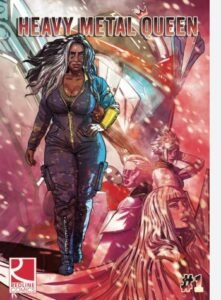Writer: Tom Taylor
Art: Trevor Hairsine, Stefano Gaudiano, and James Harren
DC Comics, November 2019
Could anyone possibly think this story was worth gathering as an expensive hardcover comic? A re-read a year after the collected volume of DCeased, published by DC Comics, was first published kicks over the same sort of compost recycling as seen in Scott Snyder’s Batman: Last Night on Earth. With an inability to age or permanently conclude the adventures captured in the ongoing titles of its major characters, DC Comics instead frequently embarks upon non-binding explorations of what might be. Superman and Batman are yet again permitted to meet their heroic fates – but only as an imaginary story, rather than its standard continuity fiction (which, of course, is an extended imaginary story).

Picture frothing an egg white in a blender. You replicate the remnants of intellectual curiosity you would be left with upon reaching the last page of DCeased.
There is some sort of obscured commentary to do with the ever-present use of mobile devices. Here, the Internet is the carrier of a zombie-like condition which infects most of DC Comics’ cast and most of humanity. Yes, anti-life can be passed along by phones. But, actually, midnight doomscrolling is more entertaining that this title.

And of course, Darkseid is the bad guy, because this is DC Comics and the editorial decision makers cannot see past their own navels. Trigon the Terrible, X’Hal, Starro, Despero, Krona…. so many options, so much nose-picking.
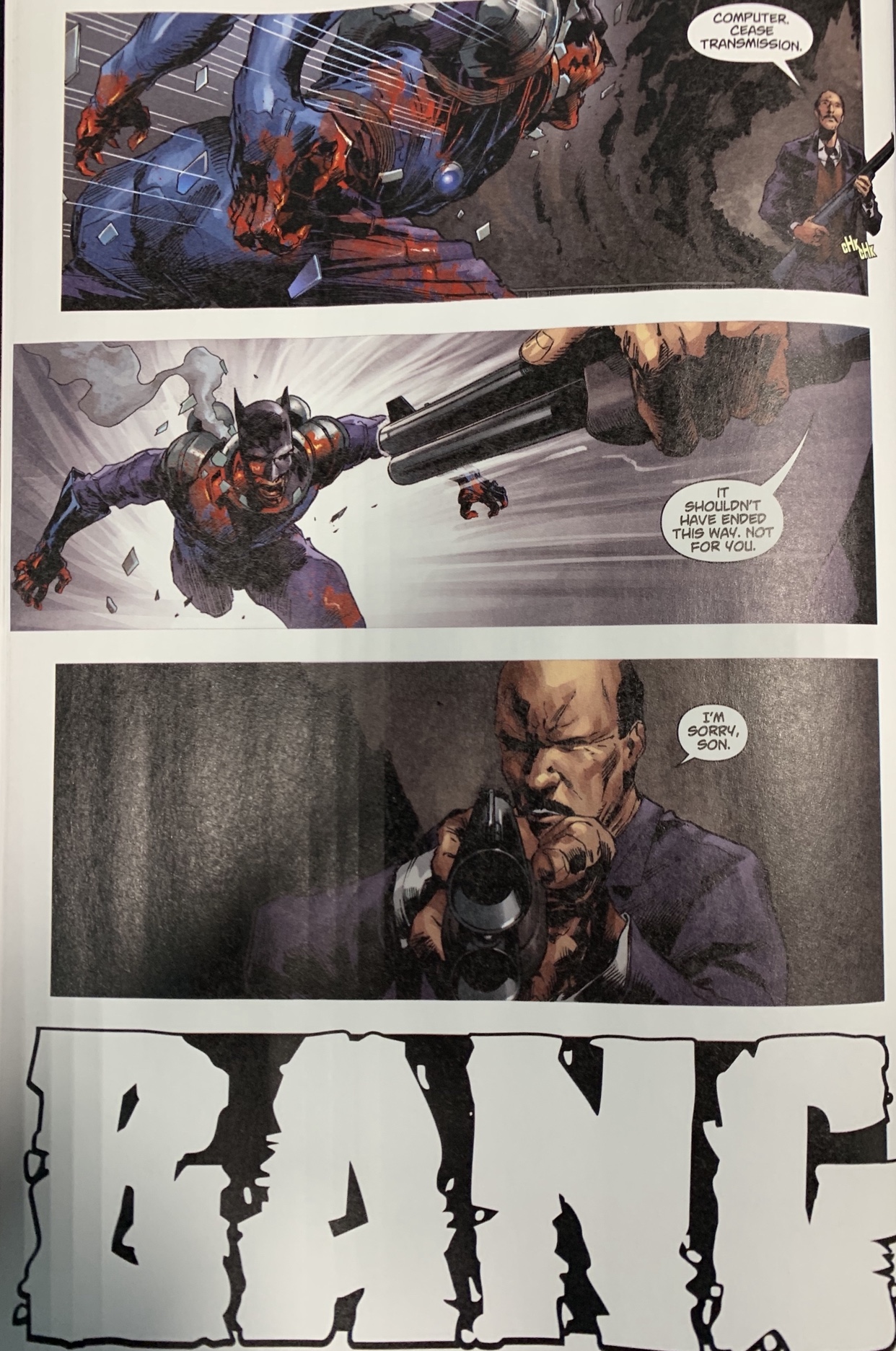
Most of human survivors take off in three “space arks”, and the Guardians of the Universe (the ordinarily benevolent aliens behind the space-patrolling Green Lantern Corps) decide to quarantine the Earth. Waverider, a regulator of the timeline, prevents two superheroes, Blue Beetle and Booster Gold, from travelling back in time to stop the outbreak. It is a shame that no one can travel back in time a year to stop this comic from being published, or even earlier to stop the creative team of writer Tom Taylor and artists Trevor Hairsine, Stefano Gaudiano, and James Harren.
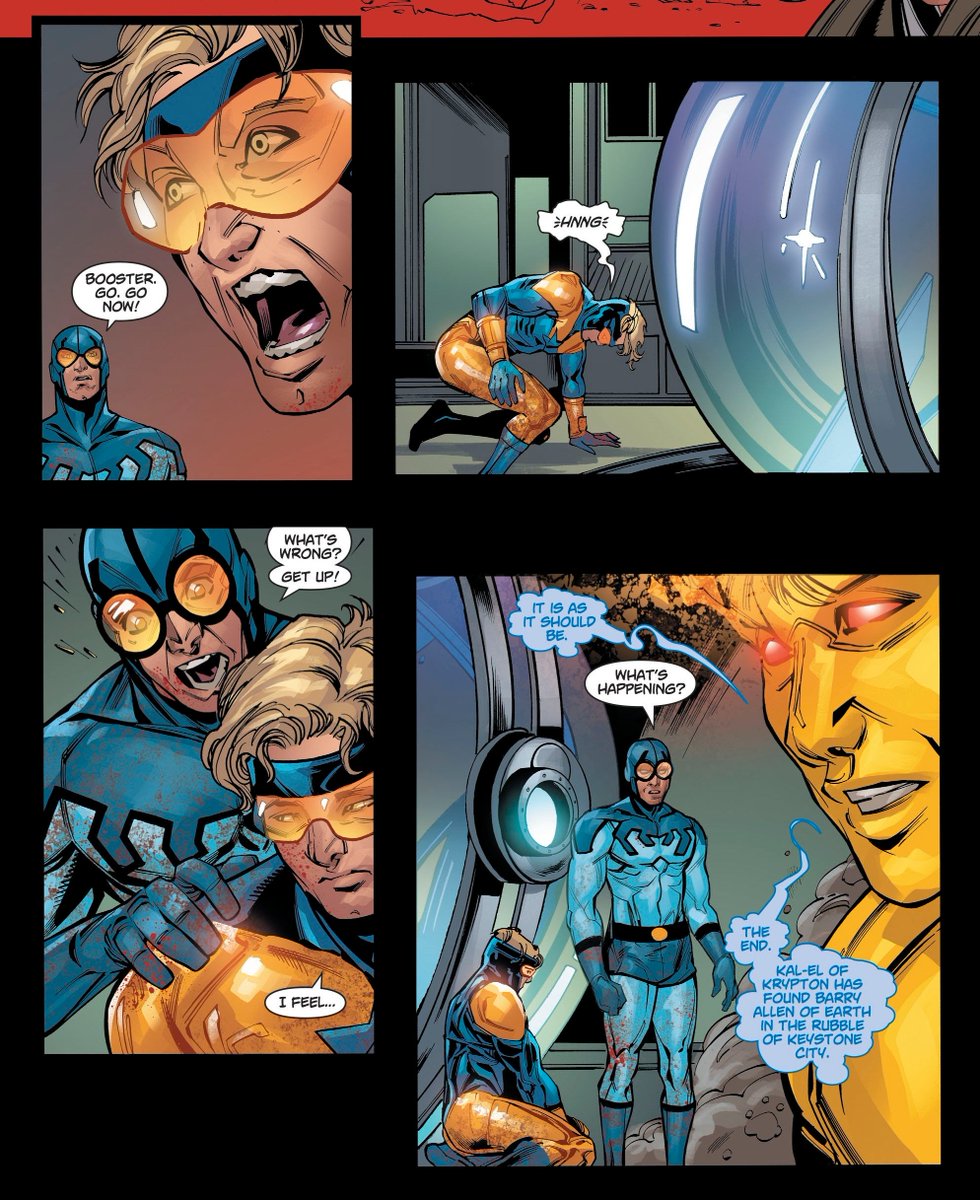
The superheroes who fall to zombification tend to do so with self-sacrifice. We envisage the spitballing session at DC Comics’ offices:
“Superman is speared by the Flash’s zombie fingers! Alfred blows Batman’s head off with a shotgun! Green Lantern gets zombified by “reading texts” while alone in his tent! Mr Miracle jokes about getting a victim’s ear in his tights, and is torn to pieces quoting Cher! John Constantine punches Dr Fate in the helmet and hurts his hand!”
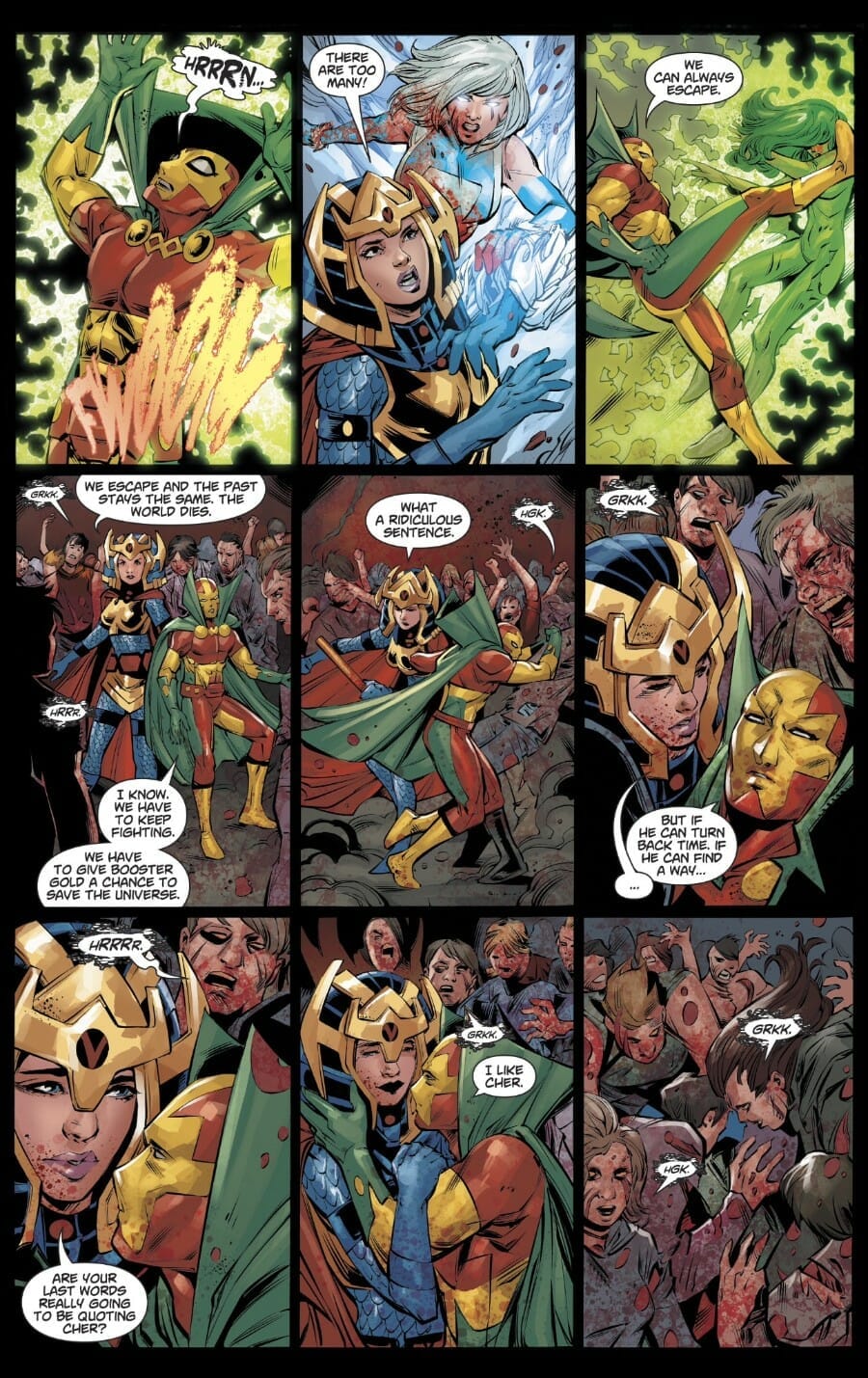
Zombies should be creepy. The only panel in the entire volume which evokes a genuine chill is when the Anti-Life Equation, inhabiting the body of Wonder Woman, is compelled by her own Lasso of Truth to speak. “We have a voice,” it says. But too little, too late.
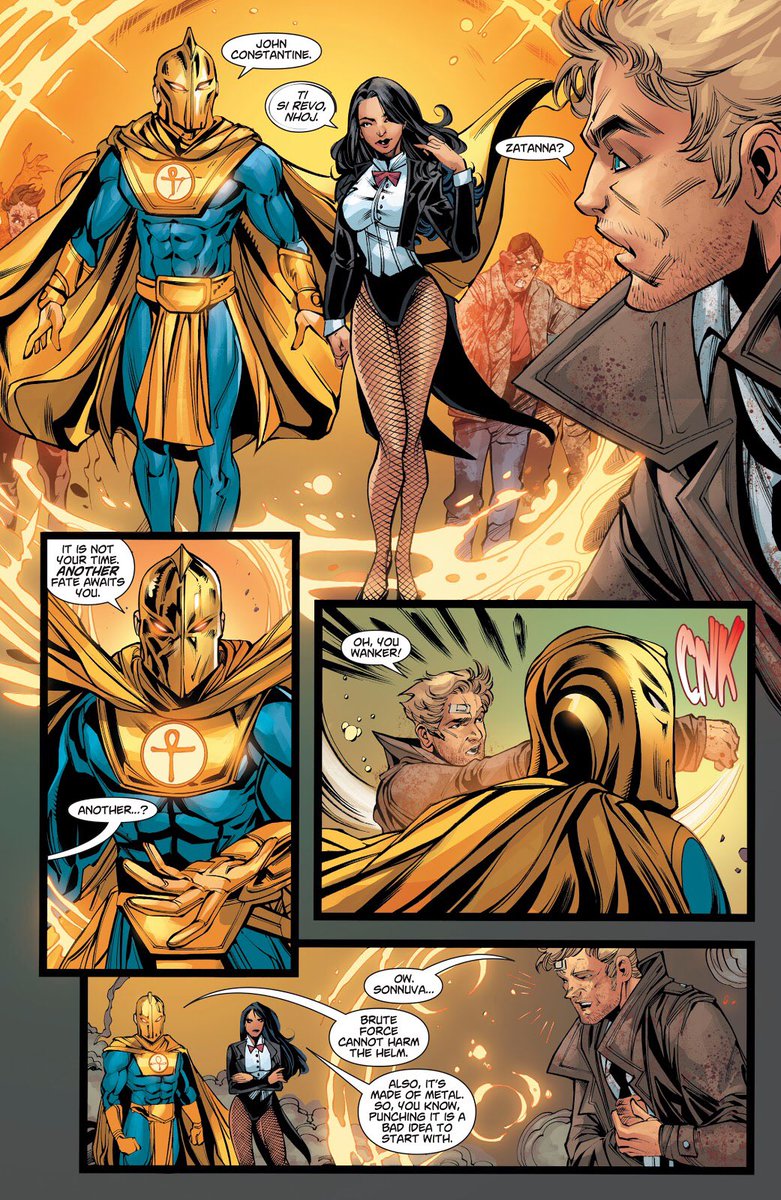
There have been the inevitable comparisons to the Marvel Comics’ Marvel Zombies titles. These are correct. DCeased blatantly copies Marvel Zombies. Marvel Zombies had its significant flaws. But at least it was first. And a year later, here we are in a global pandemic shutdown. Contagion is an ever-present risk. The title has dated badly already.


